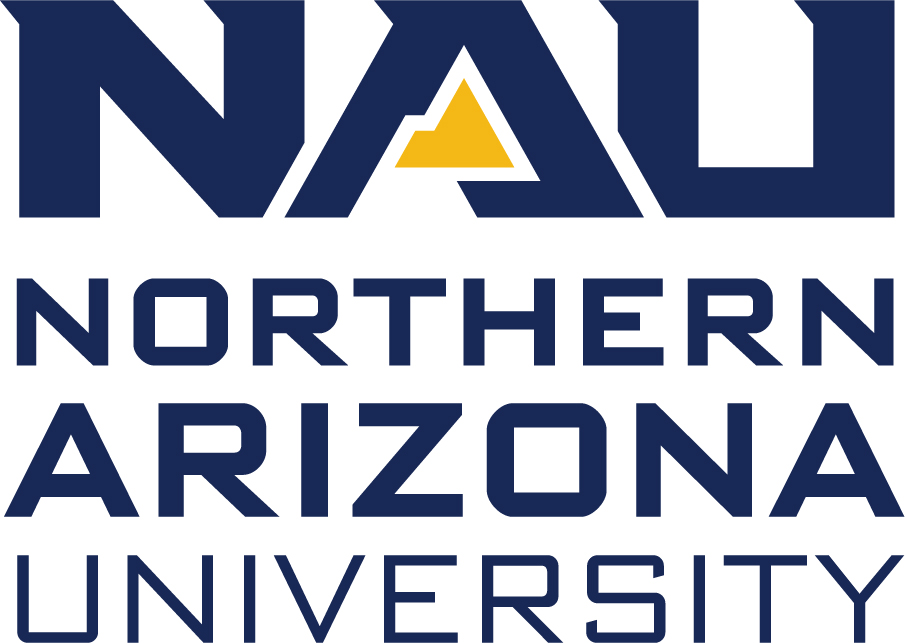Newswise — In the field of muscle physiology, scientists study muscle movement at the molecular level—chiefly, proteins such as myosin, actin and titin—to understand how muscles contract.
Their research improves human health and quality of life in a wide range of areas, including rehabilitation engineering, prosthesis design and the treatment of neuromuscular diseases such as muscular dystrophy, which causes progressive weakness and loss of muscle mass.
Internationally recognized for her contributions in this field, Northern Arizona University Regents' professor of biology Kiisa Nishikawa, director of the Center for Bioengineering Innovation, recently published findings in the Nature journal Scientific Reports. The paper, “Calcium increases titin N2A binding to F-actin and regulated thin filaments,” details a study of how the protein titin interacts with actin when calcium is present, and the role it plays in muscle contraction.
“Mutations in titin are responsible for many cardiac diseases such as cardiomyopathy and muscle diseases such as muscular dystrophy, yet the underlying causes of these mutations remain largely unexplained,” Nishikawa said. “Titin is the largest known protein, but it’s a very compliant spring-like protein. For titin to contribute to active force production, a mechanism is needed to increase titin stiffness. Our studies suggest that calcium-dependent binding of titin to actin provides the mechanism.”
Using an atomic force microscope, dynamic force spectroscopy, co-sedimentation assays and
in vitro motility assays, Nishikawa and her team—including associate professor of mechanical engineering Brent Nelson, postdoctoral scholar Samrat Dutta and collaborators at the University of Massachusetts Lowell—conducted multiple experiments to determine how titin interacts with actin when calcium is present and how this interaction might contribute to muscle elasticity. As a result of this study, they believe titin plays a regulatory role in muscle contraction.
Nishikawa’s research is supported by the W. M. Keck Foundation and the Technology Research Initiative Fund at NAU. Awarded a highly prestigious $1 million grant by the Keck Foundation in 2014—one of only six medical research grants awarded that year—Nishikawa leads the Muscle and Motor Control Laboratory, a transdisciplinary group of scientists and engineers who study muscles from molecules to movement. The team has produced many new and exciting ideas about the fundamental principles of muscle physiology and applied these ideas to the control of wearable assistive devices, including prostheses and exoskeletons.
